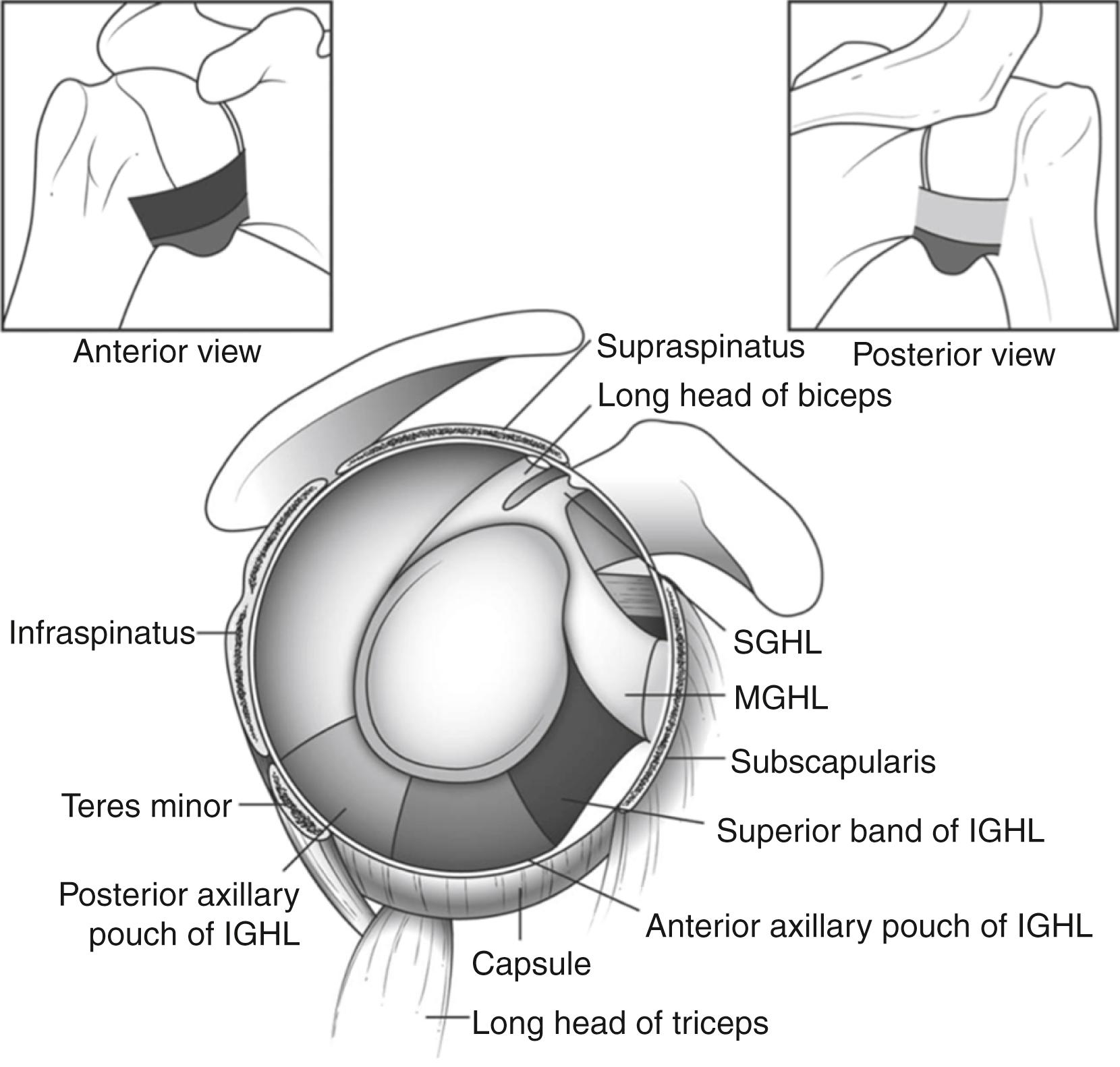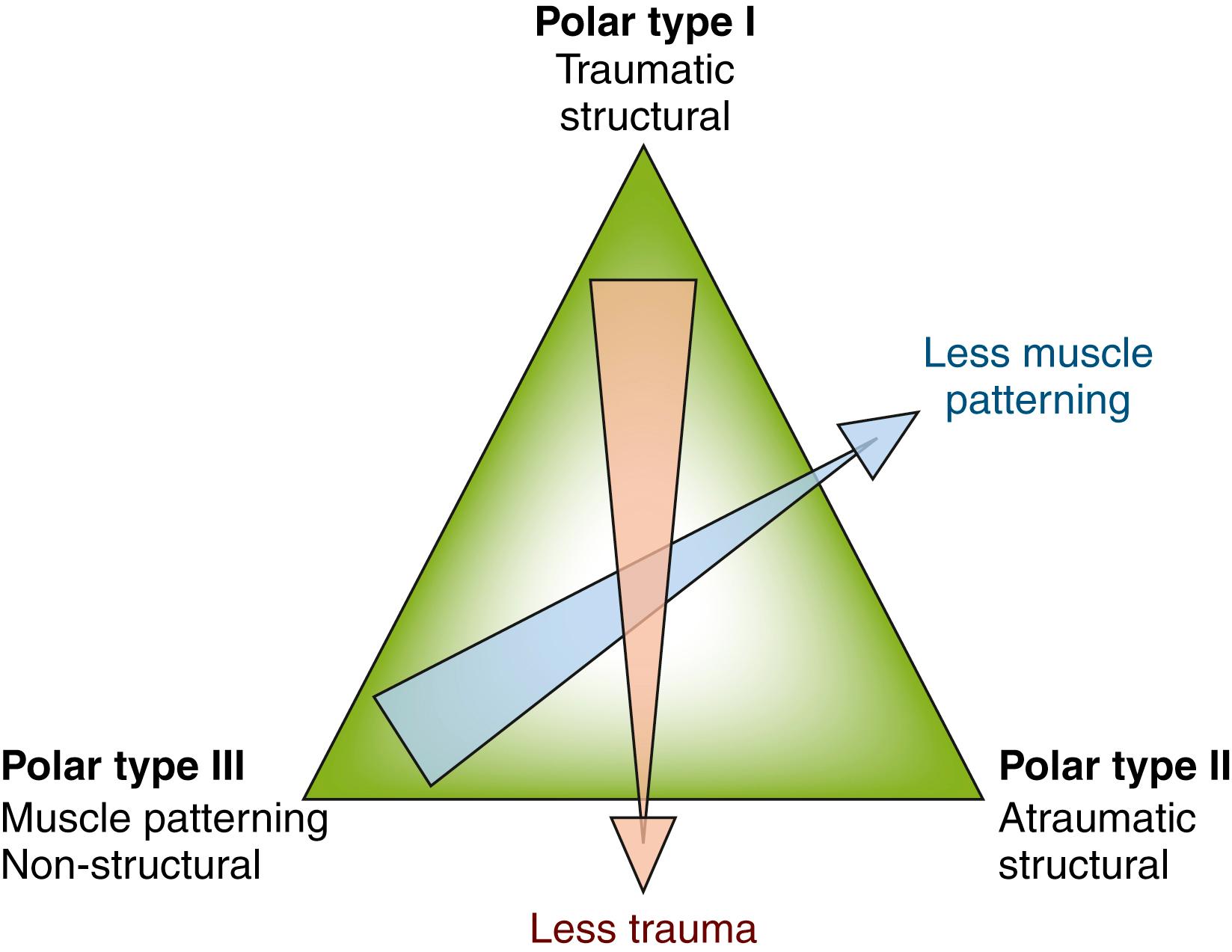Physical Address
304 North Cardinal St.
Dorchester Center, MA 02124
Posterior shoulder dislocations are uncommon and potentially challenging traumatic injuries. Their incidence is around 1.1 per 100,000 population per year, which accounts for about 2% to 5% of all shoulder dislocations. Traumatic injuries such as falls, motor vehicle accidents, or sports injuries, followed by seizures, are the most common causes of posterior shoulder dislocation, and, more rarely, electrocution can be also implicated. ,
Some historical series report a missed or delayed diagnosis in 75% of cases, although a recent systematic review reported a lower, but still deeply concerning, 51% incidence of misdiagnosis. When orthogonal anteroposterior (AP) and Velpeau (or axillary) views are used, the rate of accurate diagnosis in the emergency room rises to 90%. Most of the misdiagnosed cases happen due to lack of experience of the clinician, poor radiographic imaging, or concomitant injuries confounding the presentation. However, a high index of suspicion, an adequate physical examination, and, most importantly, the appropriate radiographic evaluation with orthogonal views to include an axillary or Velpeau view are adequate to detect most acute injuries. This is particularly important in a setting of seizures, due to altered consciousness and limited nociceptive stimuli response in the postictal state.
Posterior glenohumeral instability—both dislocations and subluxations—can be seen both in an acute scenario and with recurrent instability. Careful evaluation of the posterior structures including the capsulolabral complex and the bony anatomy will be key to adequately diagnose and treat these patients.
The primary static stabilizer against posterior translation of the humeral head is the inferior glenohumeral ligament complex. It is comprised of three structures: anterior band, axillary pouch, and posterior band ( Fig. 23.1 ). It becomes taut in internal rotation, limiting posterior translation, but it also provides stability to inferior translation in abduction and to anterior translation in external rotation. In addition, the structures of the rotator interval have been proven to be a significant static restraint of posterior and inferior translation of the humeral head. In a cadaveric study, increased posterior translation was demonstrated upon transection of the coracohumeral ligament and joint capsule at the level of the rotator interval, while anterior translation remained stable. The joint capsule is also a restraint to translation. It is thinnest on the posterior aspect, superior to the posterior band of the inferior glenohumeral ligament (PIGHL). This portion of the capsule does not have ligamentous reinforcements. Damage to both the anterior and posterior capsules is necessary to allow posterior dislocation. Other major static posterior stabilizers of the glenohumeral joint are the asymmetric cartilage layer, which is thickest around the periphery of the joint, increasing the concavity of the glenoid, as well as the posterior labrum.

Traumatic acute posterior labral injuries can be seen after an acute dislocation. These can be detachments of the labrum similar to those seen after an anterior shoulder dislocation (reverse Bankart lesions). However, frequently, a concealed tear, known as the Kim lesion, can be identified as a superficial crack between the articular cartilage and the posteroinferior labrum. When probed, the deep portion of the posteroinferior quadrant of the labrum is found to be detached off the surface of the medial glenoid. Posterior labrum injuries are also common in overhead athletes with repetitive subluxation events. This is often related to a contracture in the posterior capsule and PIGHL, which can be seen in those throwers with glenohumeral internal rotation deficit (GIRD). In this scenario, when the arm is abducted and externally rotated, the tight PIGHL causes superior translation of the humeral head, allowing increased external rotation. This abnormal position alters the vector of the long head of the biceps tendon into a more posterior and vertical angle, with resulting torsional forces that are transmitted to the labrum, which ultimately cause a “peel-back” mechanism of the posterior and superior labrum.
Beyond the static effect of the soft-tissue stabilizers, an individual’s particular bony anatomy may affect glenohumeral stability. Specifically, excessive glenoid retroversion may play a role in posterior shoulder instability. Eichinger et al. tested the effect of glenoid version in a cadaveric model of shoulder instability and found that over one half of the shoulders with a retroversion of 15 degrees auto-dislocated posteriorly, compared with those models between 10 degrees of anteversion and 10 degrees of retroversion. This finding had already been suggested in multiple studies with atraumatic posterior shoulder instability patients. Despite these associations, the role of glenoid version in acute traumatic posterior shoulder dislocation or subluxation remains more controversial in the literature.
Muscles that produce concavity compression forces across the glenohumeral joint are considered dynamic stabilizers. Specifically, the infraspinatus, supraspinatus, teres minor, coracobrachialis, and anterior deltoid contribute to posterior glenohumeral stability. The stabilizing effect of the rotator cuff, in particular, is the most important stabilizer of the glenohumeral joint. The strength and accurate neuromuscular control this requires is the impetus behind physical therapy programs that work to improve these factors as a mechanism of improving posterior instability.
It should be noted that patients with hyperlaxity syndromes (Ehlers-Danlos syndrome, multidirectional instability, etc.) can have posterior shoulder dislocation or subluxation without discreet trauma. The patulous posterior capsule in these patients does not sufficiently restrain posterior translation and, if the delicate neuromuscular control of the rotator cuff is lost, these patients will suffer recurrent instability events with little or no trauma.
There are several possible mechanisms that can lead to a posterior shoulder instability event—either subluxation or dislocation. The most frequent scenario is a posteriorly directed, high-energy force with the shoulder adducted, flexed, and internally rotated. Examples of this mechanism are a driver in an auto accident with hands on the steering wheel, awkwardly bench pressing a heavyweight, a football lineman sustaining a blocking injury, or a boxer at the moment of impact while punching. Forceful, imbalanced, and unopposed contraction of the shoulder muscles can also cause a posterior dislocation. This can happen during seizures or electrocution, where the strong internal rotators (pectoralis major, latissimus dorsi, and teres major) overpower the relatively weak external rotators (infraspinatus and teres minor), causing superior migration, posterior displacement, and internal rotation of the humeral head. Bilateral shoulder dislocation is also not uncommon, and almost universally caused by seizures. Furthermore, recurrent posterior dislocation is common in this patient population, due to attritional bone loss, more severe impaction defects caused by increased muscle tone during seizures, and metabolic bone disorders, such as altered vitamin D metabolism caused by antiepileptic drugs. , , In the setting of seizure-induced instability, involvement of a neurologist is important to avoid recurrent seizures. In cases of chronic reconstruction after posterior instability, surgery should be delayed until the neurologist and the surgeon are satisfied that the seizures are controlled. ,
Alcoholism can pose a risk factor for posterior shoulder dislocation, either in the setting of acute intoxication or due to seizures in a withdrawal scenario. It can be difficult to obtain a reliable history in this patient population, and therefore careful attention must be paid to imaging findings to determine the chronicity of the injury, as neglected posterior dislocations are, unfortunately, not as rare as one would wish. Although there are no studies showing outcomes of posterior dislocation in patients with alcoholism, some studies raise concerns of poorer prognosis with respect to dislocation arthropathy after an anterior shoulder dislocation event in this population. In the experience of the authors, compliance with postoperative restrictions and rehabilitation are often challenging, compromising the outcomes. Therefore it is our standard practice to manage alcoholism prior to any complex reconstructive procedure for chronic dislocations. In addition, when cirrhosis is present, attention must be paid to correct possible coagulopathies and minimize the risk of anesthetic complications.
There is a lack of a definitive, uniform classification system for posterior shoulder instability, although several authors have proposed systems. The Stanmore Classification applies to anterior and posterior instability and considers structural and muscle patterning that contributes to instability in a fluid manner ( Fig. 23.2 ). May created a simple classification that included categories of habitual, traumatic, and obstetric posterior shoulder dislocation or subluxation. Detenbeck classified dislocations based on timing: acute, chronic (>3 weeks), and recurrent (traumatic and atraumatic). Hawkins and Bell added the presence of an anterior defect lesion (reverse Hill-Sachs); voluntary versus habitual (deliberate) versus involuntary dislocations; and recurrent versus locked, missed, chronic dislocations. More recently, Heller proposed a classification based on different parameters: traumatic, atraumatic, acute, persistent, recurrent, and voluntary, based on an extensive review of 300 publications.

Several authors put the threshold between acute and chronic (also known as neglected or locked) dislocations at 6 weeks. This number is arbitrary, but clearly with diagnostic or treatment delay, the shoulder becomes more difficult to relocate and reduction is more challenging to maintain. The posteriorly dislocated, internally rotated position leads to a complete lack of balance of the soft tissue envelope with contracture of the anterior capsule and patulous posterior capsule with a posterior capsulolabral disruption. In addition, with a neglected dislocation, the humeral head defect becomes progressively larger. Defects of <40% of the articular surface may have a more favorable prognosis compared with larger lesions.
Finally, posterior shoulder dislocations can also be classified according to the location of the humeral head, as the humerus may dislocate in a subacromial (posterior to the glenoid and inferior to the acromion), subglenoid (posterior and inferior to the glenoid), or subspinous (beneath the spine of the scapula) position. Subacromial dislocations are the most common.
Become a Clinical Tree membership for Full access and enjoy Unlimited articles
If you are a member. Log in here